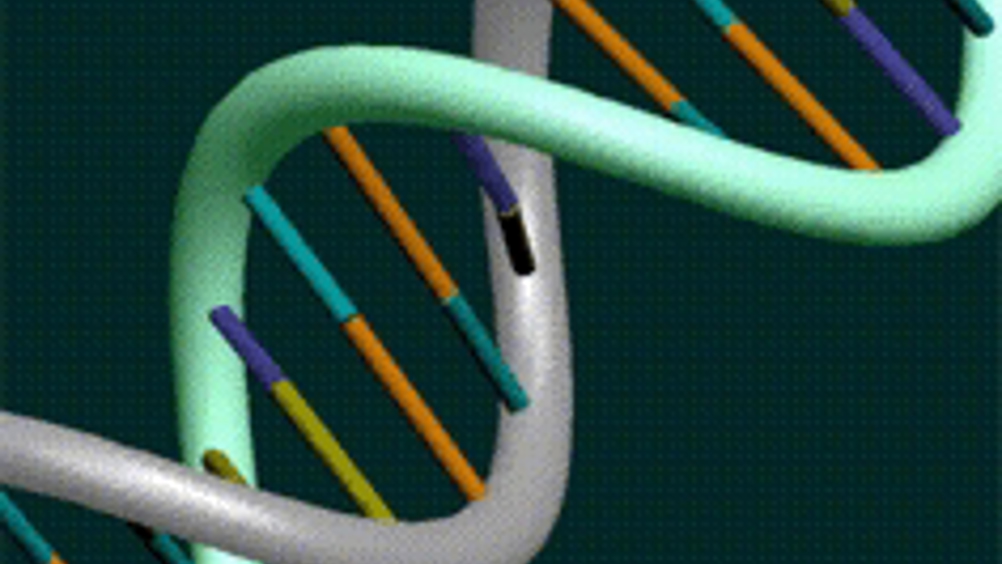Sequencing technique may revolutionise data storage
New research could one day help scientists store vast amounts of information in the same way genetic codes are saved in DNA.

Chemists at Reading University have developed a way of ’reading’ the molecular sequences of a synthetic polymer, which could be used to represent digital data.
DNA stores genetic instructions in the form of different sequences of base molecules. In a similar way, the sequences in synthetic polymers made from two types of molecule could be equated with the ones and zeros that make up binary digital code.
The Reading team found specific sequences of monomers in a copolyimide could be recognised by their interactions with additional molecules known as ’tweezers’, which match the shape and electrical charge of sections of the sequence.
‘The polymer sits in solution with the tweezers, which come to rest and bind most strongly when they match,’ Howard Colquhoun, team leader and professor of materials chemistry, told The Engineer.
‘We found in practice that the tweezer molecules sit next to each other in the sequence,’ he added. This meant the team could read much longer sequences than it had expected.
Register now to continue reading
Thanks for visiting The Engineer. You’ve now reached your monthly limit of news stories. Register for free to unlock unlimited access to all of our news coverage, as well as premium content including opinion, in-depth features and special reports.
Benefits of registering
-
In-depth insights and coverage of key emerging trends
-
Unrestricted access to special reports throughout the year
-
Daily technology news delivered straight to your inbox










Water Sector Talent Exodus Could Cripple The Sector
Maybe if things are essential for the running of a country and we want to pay a fair price we should be running these utilities on a not for profit...